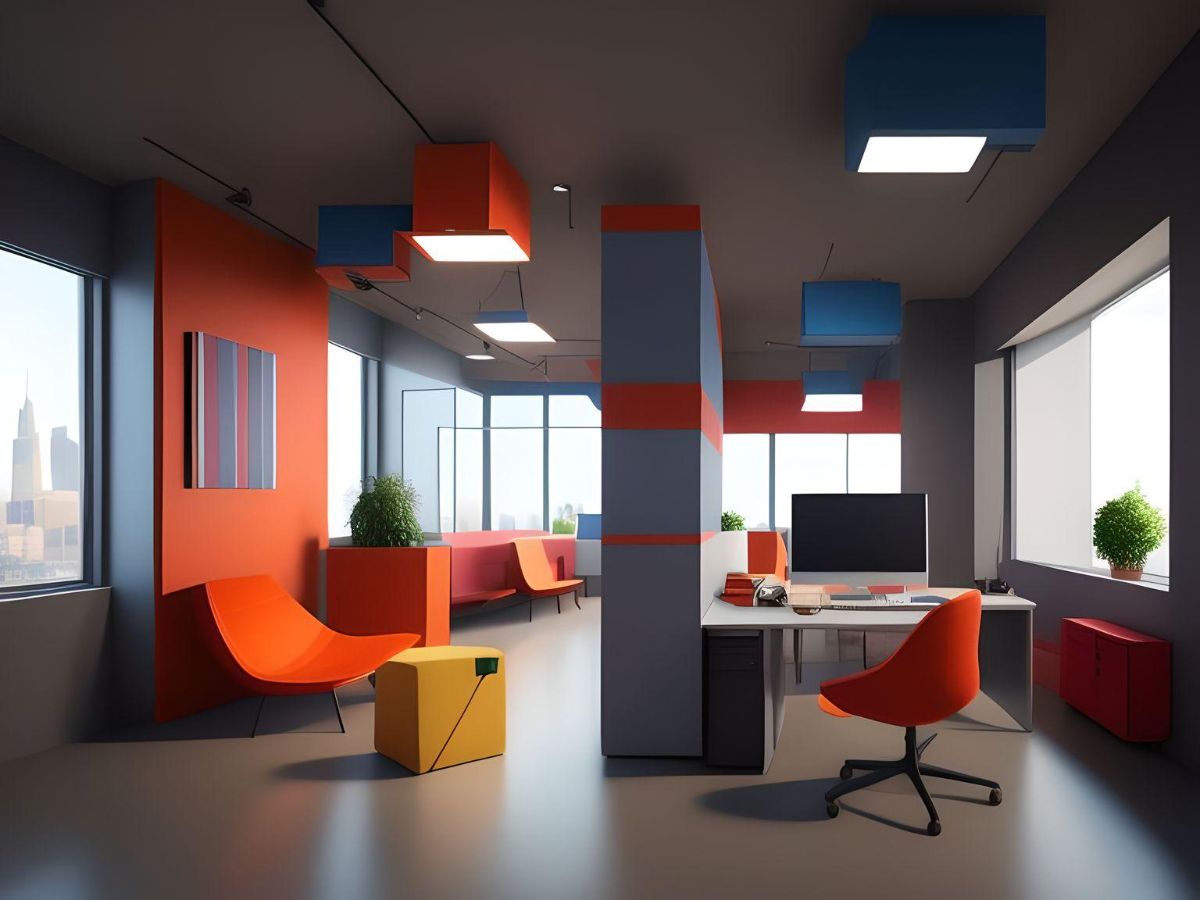
Renovating your office can be an exciting yet nerve-wracking experience, especially regarding the budget. For most business owners, it’s important to keep renovation costs manageable without compromising on quality and design. Fortunately, multiple ways exist to cut costs and stay within the budget. This blog post will provide practical tips and tricks on how to save money during your office renovation.
1. Choose Affordable But Durable Materials
The material chosen for the renovation can significantly affect the overall cost and longevity. Opting for affordable yet durable materials can save you money in the long term, ensuring the renovation lasts longer. For example, you may want to look into commercial LVT flooring manufacturers who offer luxury commercial flooring options that are both affordable and long-lasting. Similarly, choosing vinyl wall finishes over wallpaper or paint due to a cost and durability advantage can be a wise choice.
2. Prioritize Your Needs
One of the most effective ways to save money during office renovation is by prioritizing your needs. Start by listing what is most important and necessary for your office. This list should be created based on the expected return on investment (ROI) and your most pressing office needs. By focusing on the most critical aspects of the renovation, you can allocate your budget more efficiently, reducing spending on non-essential items. Prioritizing your needs will also ensure the result is functional and aesthetically pleasing. For instance, understanding toilet partition costs can help you determine how to balance functionality with expense, ensuring essential areas are addressed without overspending. This strategic approach allows for a more streamlined renovation process, focusing resources where they are most needed.
3. Repurpose Existing Furniture
Repurposing existing furniture is another excellent way to save money during your office renovation. Rather than buying new furniture, why not consider reupholstering chairs or repainting desks? Not only does repurposing save on the renovation budget, but it also reduces waste. Additionally, repurposing existing furniture adds a personal touch to the office and saves you from having to replace items that still have value.
4. Hire A Professional Contractor
While DIY can be a tempting cost-saving measure for renovation, for business owners without previous renovation experience or knowledge, enlisting the services of a professional contractor is the wiser choice. A professional contractor can provide recommendations on how to save costs, can consult on cost-effective materials to use, and will complete the project much more efficiently. Hiring a professional contractor can help manage expenses, save money in the long term, and give business owners peace of mind knowing that the project is done correctly and efficiently.
5. Plan And Stick To The Budget
Before starting the renovation, planning and creating a budget is important. Use the list created during step one, and work hand-in-hand with your contractor or renovation partner, creating an accurate expense list. Setting aside around 10-20% of the budget for unforeseen expenses, such as a higher-priced material or under-the-floor wiring damage, is always best. Sticking to the budget can ensure that there are no surprises or added costs that burden unforeseen expenses. Constant checks with your contractor, renovation partner, or suppliers also help keep the project within cost expectations.
6. Consider A Co-Working Space
If you’re renovating a small space or don’t have the budget for a high-end office – you can also consider renting a co-working space. In addition to saving money on rent, you can access other amenities, such as conference spaces and break rooms.
Final Thoughts
Renovating an office can be daunting and exhilarating, but it should never leave you in financial difficulty. By using a few essential cost-saving tips, planning, and working with a professional contractor, you can save money while creating a beautiful, efficient, personalized office space. Remember that prioritizing office needs, repurposing existing items, choosing affordable yet durable materials like LVT flooring, and proactively planning and sticking to the budget can help create a stress-free and cost-effective renovation experience.









